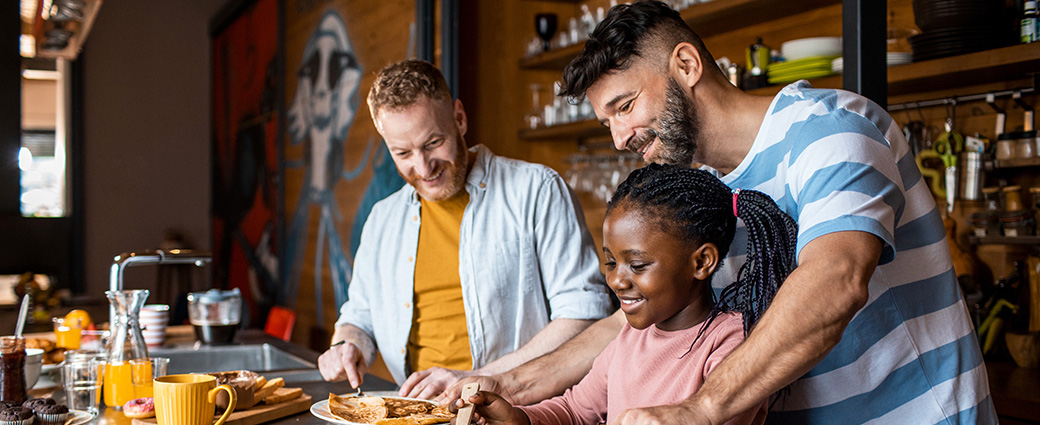Putting money in your RRSP—why it's not too late to start
You’ve probably heard that the key to saving for retirement is starting early, but well over a third of Canadians have little or no retirement savings.¹ If you haven’t started, you may be wondering if it’s too late—and the answer is no. Here are six reasons you should get started today.

Updated on July 10, 2024. Originally published November 7, 2022.
The Canadian government sets a limit on how much you can contribute to your Registered Retirement Savings Plan (RRSP) each year, but it also allows you to carry forward unused savings amounts from previous years. If you haven't contributed to your RRSP for a while or haven't started one yet, you may have built up a large amount of contribution room. Making a contribution could lower your taxes and generate a tax refund that you could use for other purposes—such as paying down debt, investing, or topping up your tax-free savings account (TFSA). Even small contributions add up over time. The important thing is simply to start.
So kick-start your retirement savings today by putting money in your RRSP.
Six reasons why you should put money in your RRSP today
1 Experience the magic of compounding
Compounding interest is earning money on money. In an RRSP, you receive the interest on your initial deposit, plus the interest it generates.
Here's an example: If you put $1,000 into an RRSP at the beginning of each year for 30 years and earned 5% interest per year, at the end you'd have $69,761. That's the power of compounding.
2 Reduce the tax you pay
Save for retirement and reduce your taxable income at the same time. Each time you make an RRSP contribution (up to your maximum contribution limit), you reduce your taxable income, which means paying less tax or potentially even getting a tax refund.
3 Savings grow faster
Your savings have the potential to grow faster in an RRSP because they're tax deferred. You don't pay any tax on the investment earnings until you take the money out, usually when you're in a lower tax bracket.
4 Borrow to buy a home (and more)
You may be able to use your RRSP savings to buy a home (if you qualify) or for education costs for you or your spouse/common-law partner without paying tax on the withdrawals, as long as you repay the money within a prescribed period. Under the Home Buyers' Plan, you can withdraw up to $60,000 for a down payment on a qualifying home, and the Lifelong Learning Plan allows withdrawals up to $10,000 per year and up to $20,000 over your lifetime.
5 A spousal RRSP can lower the amount of tax you pay
If you're the higher earner, contributing to a spousal or common-law partner RRSP can give you a tax break now as well as when the money is paid out.
6 Carry forward unused RRSP room
If you're unable to contribute the maximum amount to your RRSP, you can carry the unused RRSP room forward to the future. The maximum contribution amount for the 2024 tax year is 18% of your 2023 earnings up to a maximum of $31,560. If you haven't contributed for a while, you may have a large amount of unused contribution room. Making a contribution could give you a tax refund, which you could use for other things, such as paying down debt or investing or topping up your TFSA.
An RRSP is your savings superhero
RRSPs are the superheroes of savings accounts because they're one of the best ways to cut down your current-year tax bill while saving for retirement, so start saving today.
1 Healthcare of Ontario Pension Plan, 2023 Canadian Retirement Survey.

It’s never too early–or too late–to start saving.
Learn more about RRSPs and make the most of your savings.
Important disclosures
The commentary in this publication is for general information only and should not be considered legal, financial, or tax advice to any party. Individuals should seek the advice of professionals to ensure that any action taken with respect to this information is appropriate to their specific situation.